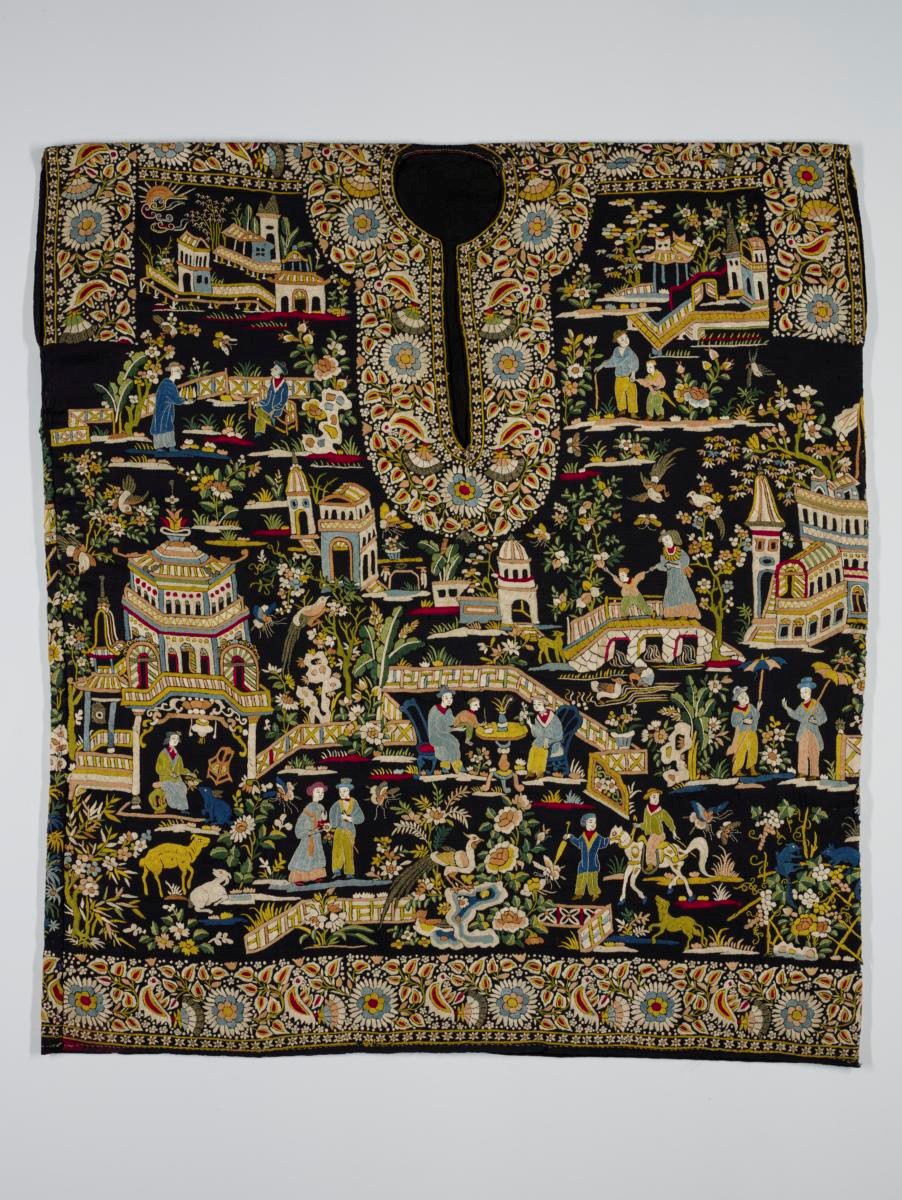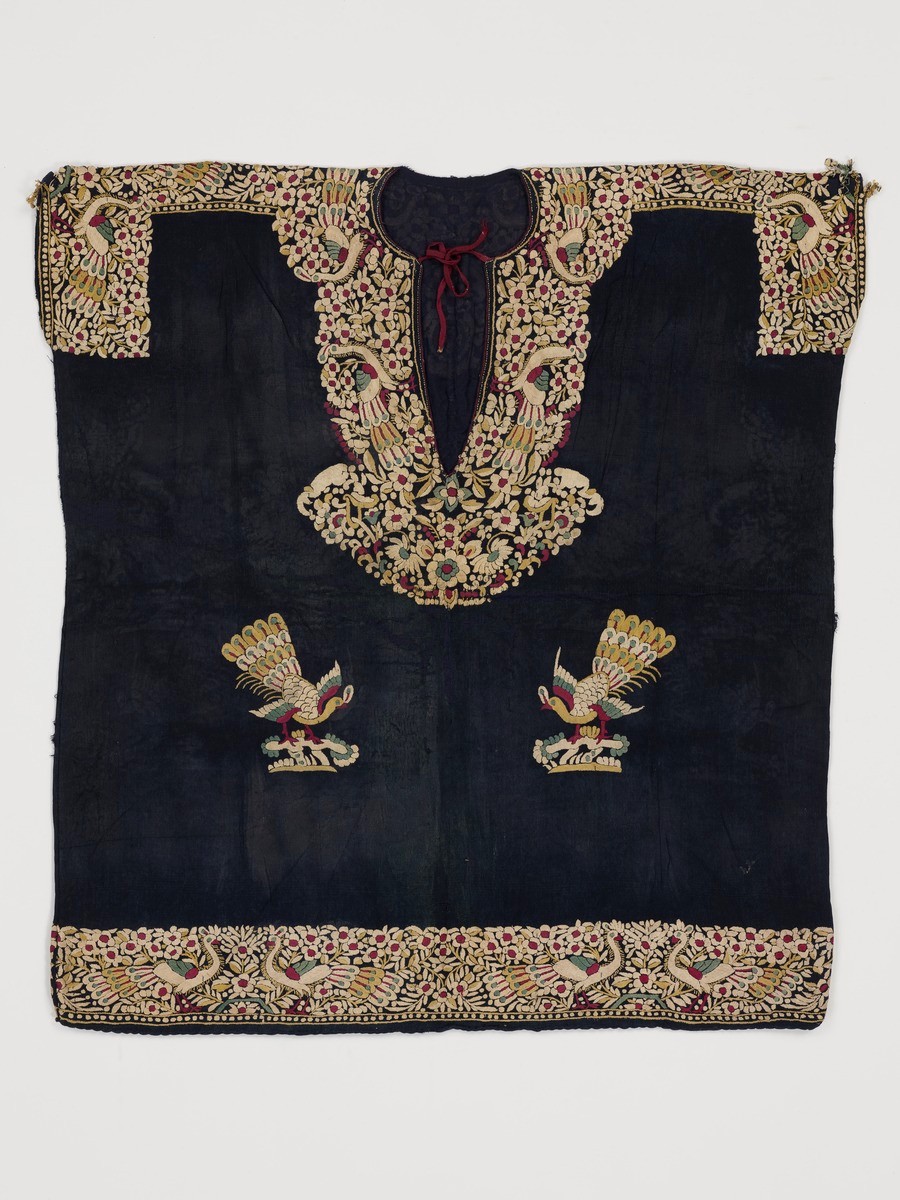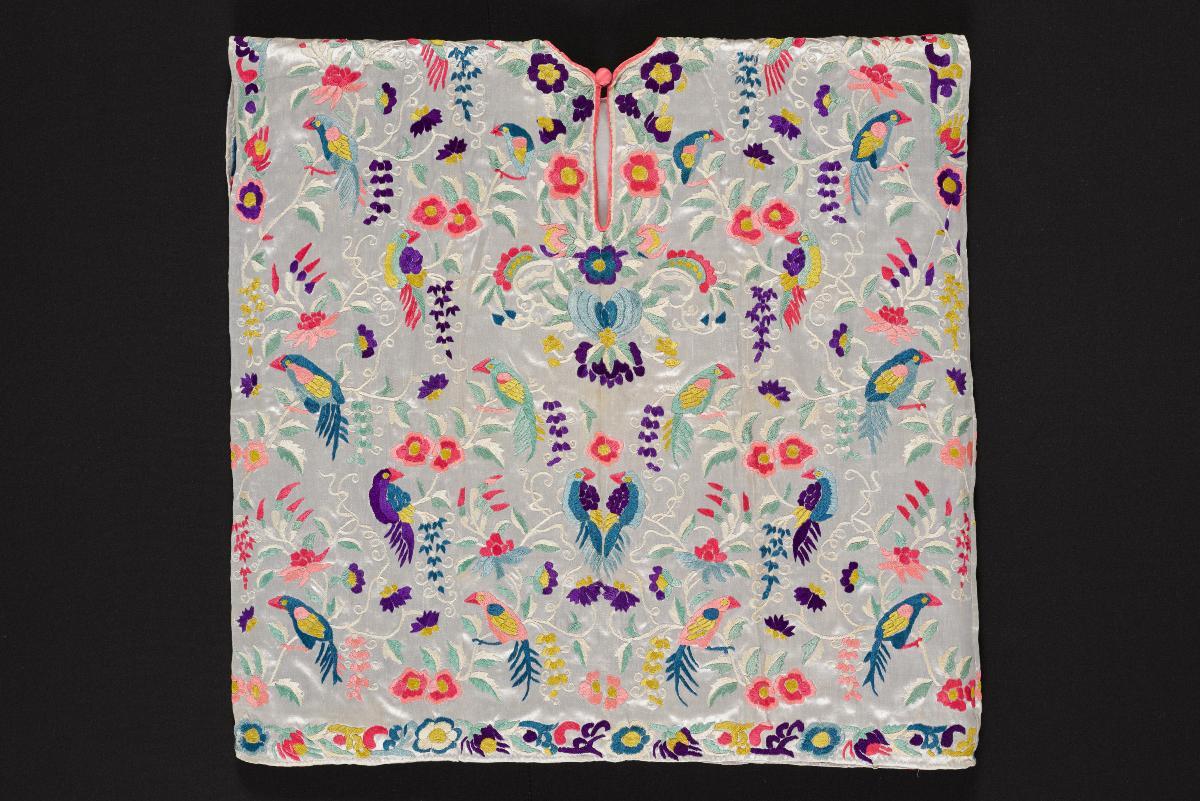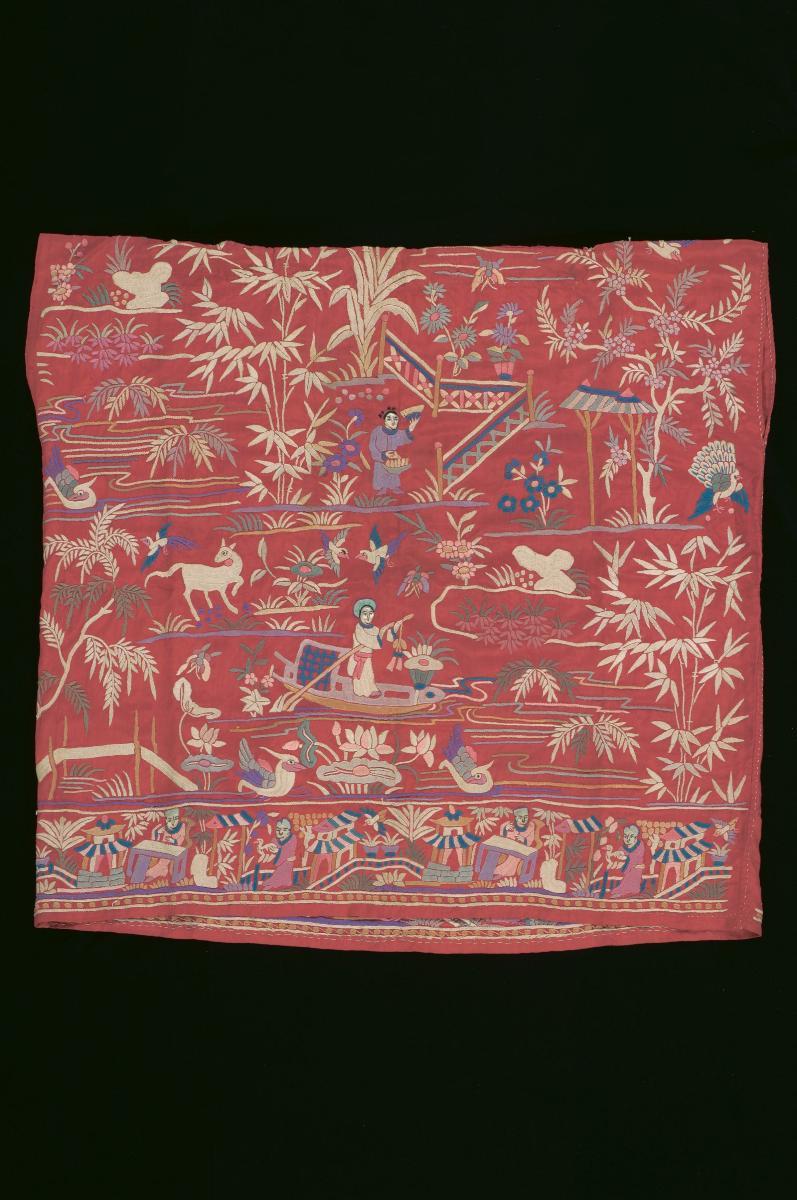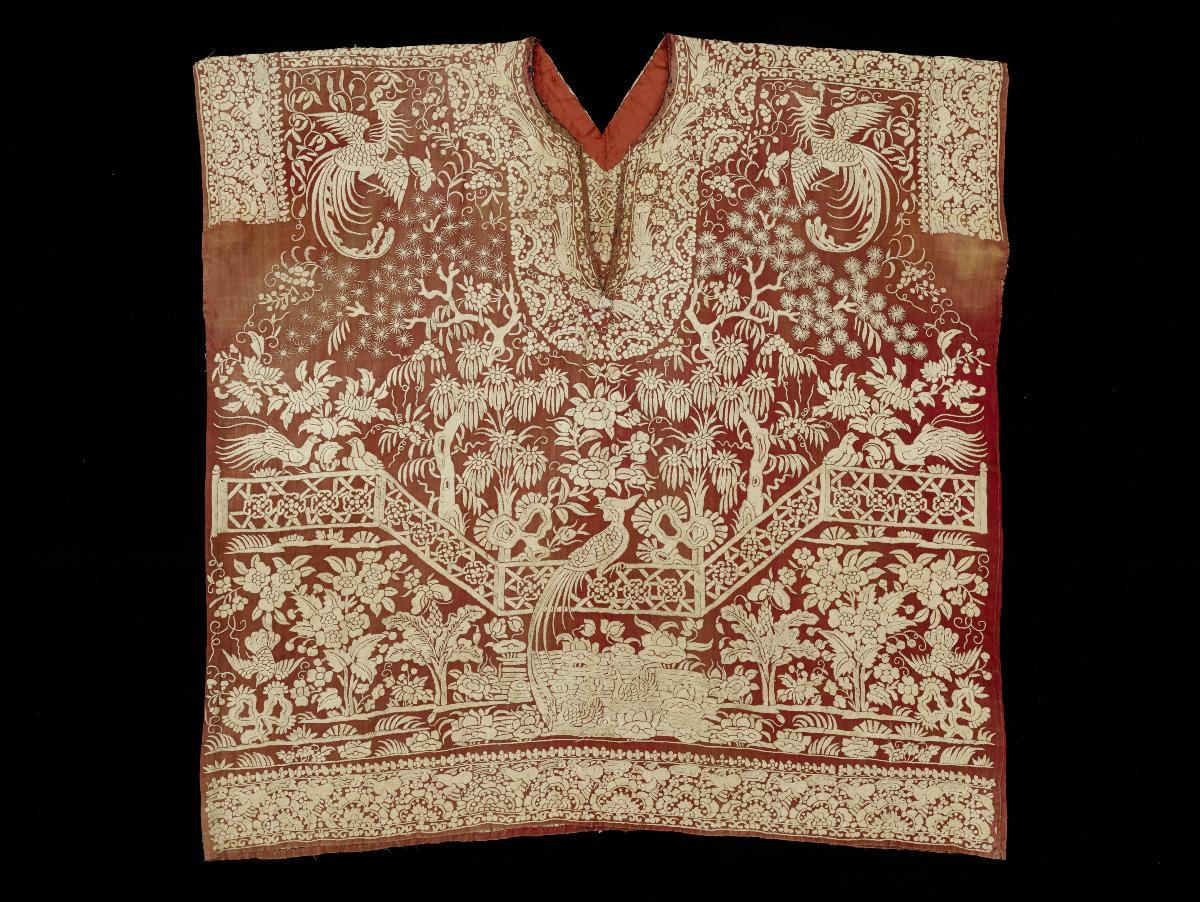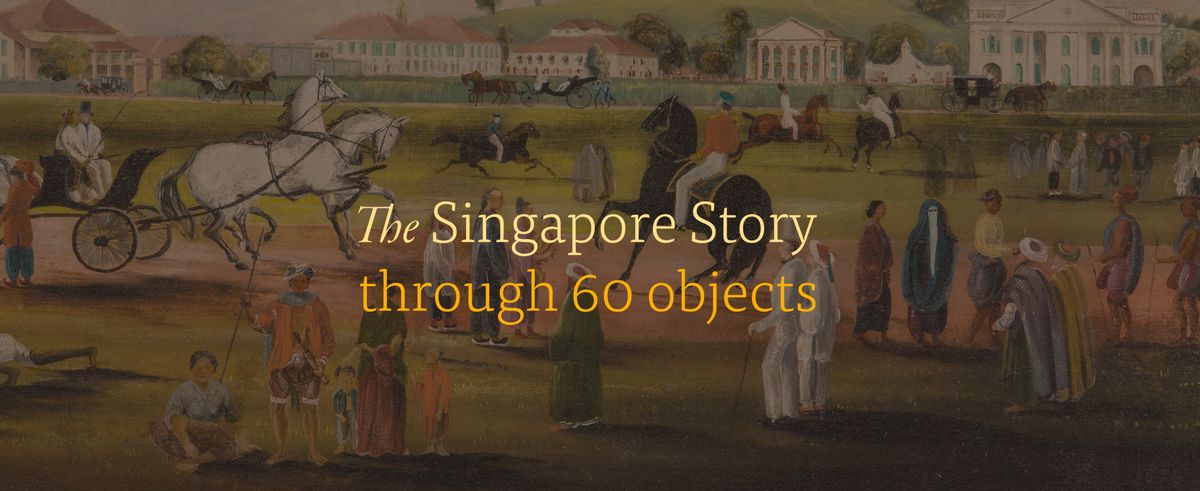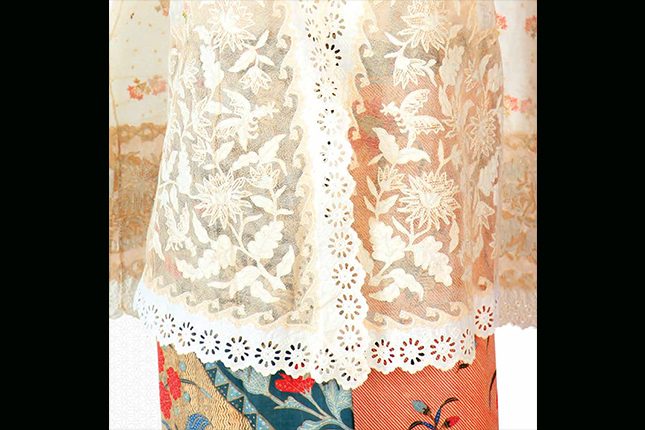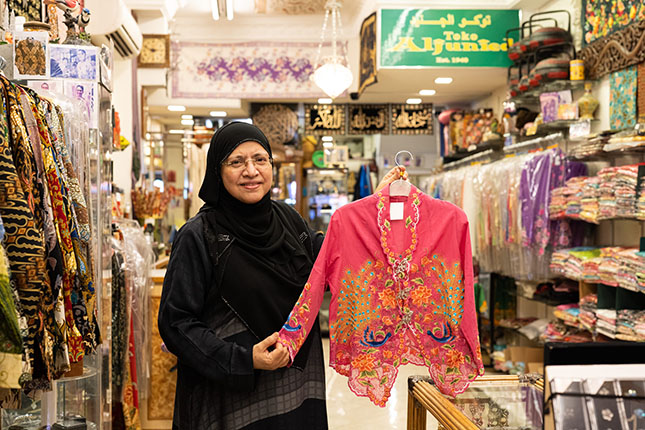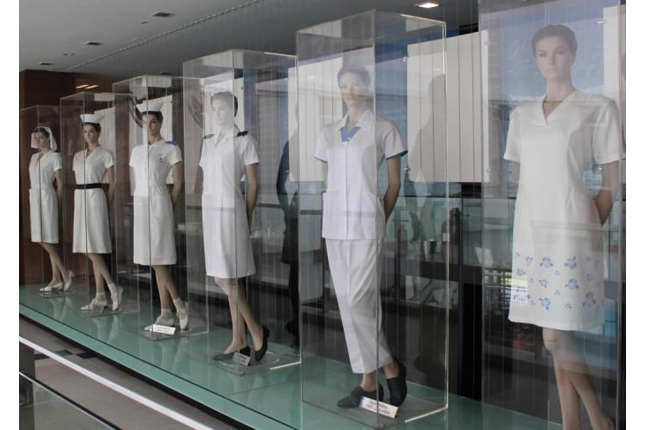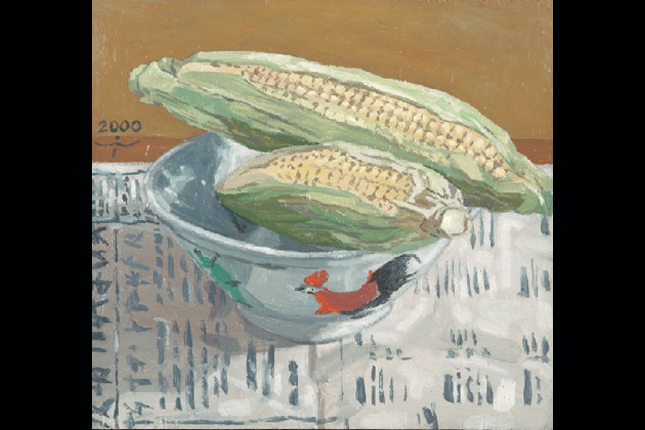Object size: 66.5 x 59.0 x 0.4 cm
A jhabla is a tunic worn by Parsi children before their initiation into the Zoroastrian faith. It is a sleeveless garment with a small round neck opening, often made from satin silk or twill-patterned silk and embroidered with silk threads. They were brought to Gujarat and Bombay by Parsi merchants who travelled to China to trade. The front of this jhabla features figures dressed in European attire, along with bridges, pavilions, pagodas, peacocks, and flowers. Despite being considered unlucky in the Parsi tradition, peacocks symbolise wealth and prestige in Chinese art. The flowers represent angels from the Zoroastrian faith. On the reverse are scenes showing life in China (cheena cheeni). These depictions were derived from pattern books based on the idea of an exotic Orient, catering to the preferences of Parsi merchants trading in China.




